Heritability and genetic gain of digestible organic matter intake of barley straw genotypes by sheep, using repeatable in situ- and laboratory-based indicator traits

Authors:
The voluntary digestible organic matter intake (DOMI) of mature barley crops (Hordeum spp.) for sheep depends largely on straw quality. Direct measurement of DOMI is laborious; consequently, the research reported here evaluated indicator traits for improving barley straw DOMI by crop breeding. It hypothesized that some indicator traits for straw quality are heritable, facilitate genetic gain in DOMI, and reveal straw properties that constrain genetic gain. In 4 years, 32 genotypes of barley were grown at ICARDA, northern Syria, with no fertilizer in one year and supplementary irrigation in another. Indicator traits for predicting DOMI included in situ straw dry matter losses (DML) at nine incubation times (0–120 h), four parameters of the DML curve, seven laboratory tests, grain yield and straw yield. Heritability (h2) was highest for traits associated with indigestible cell wall constituents, including potential DML (h2 = 0.61), DML at 48–120 h of incubation (h2 = 0.48–0.58), and acid detergent fibre (ADF) (h2 = 0.41). Heritability was lower for DOMI itself (h2 = 0.24), neutral detergent fibre (NDF) (h2 = 0.20), and total Kjeldahl nitrogen (h2 = 0.17), and was lowest for DML at 6–18 h (h2 = 0.08–0.09) and the in situ parameters Lag and relative loss rate of slowly degradable DM (h2 ≤ 0.03). Correlations between indicator traits and DOMI tended to increase with heritability. Grain and straw yields were not correlated with DOMI; of these, only grain yield was heritable. In conclusion, genetic gain in barley straw nutritive value can be achieved by crop breeding under diverse growing conditions, using indicator traits associated with indigestible cell wall constituents.
